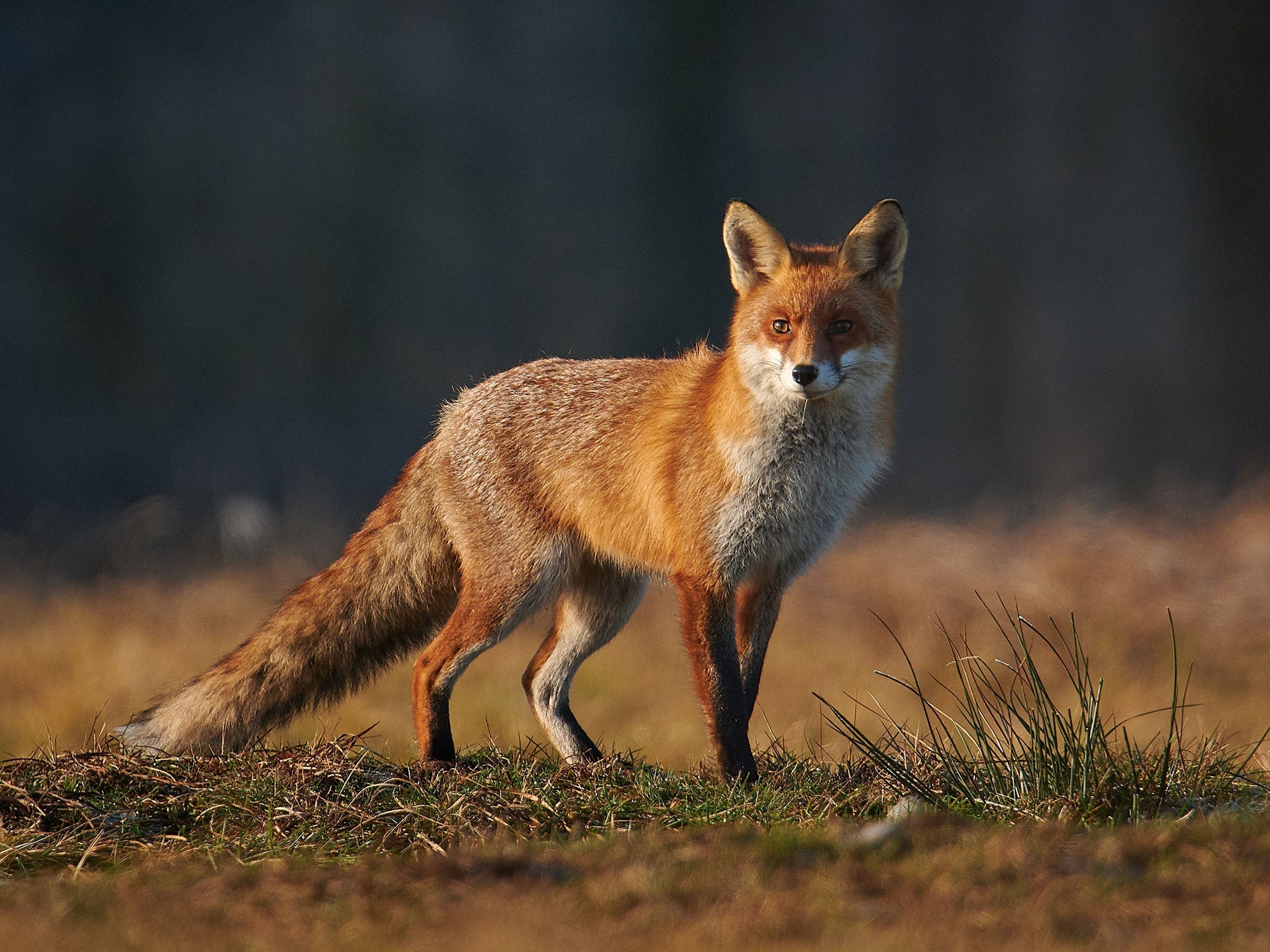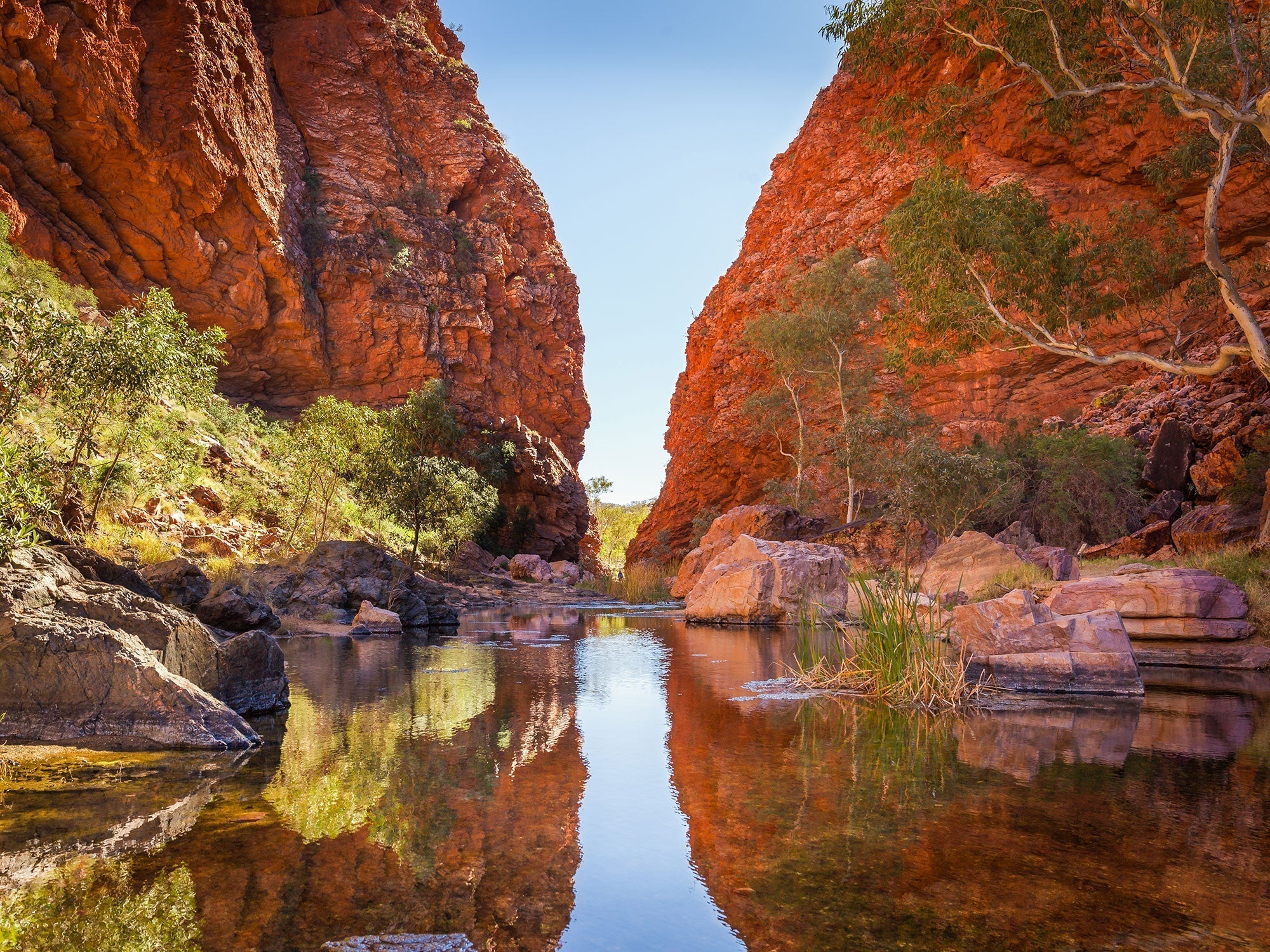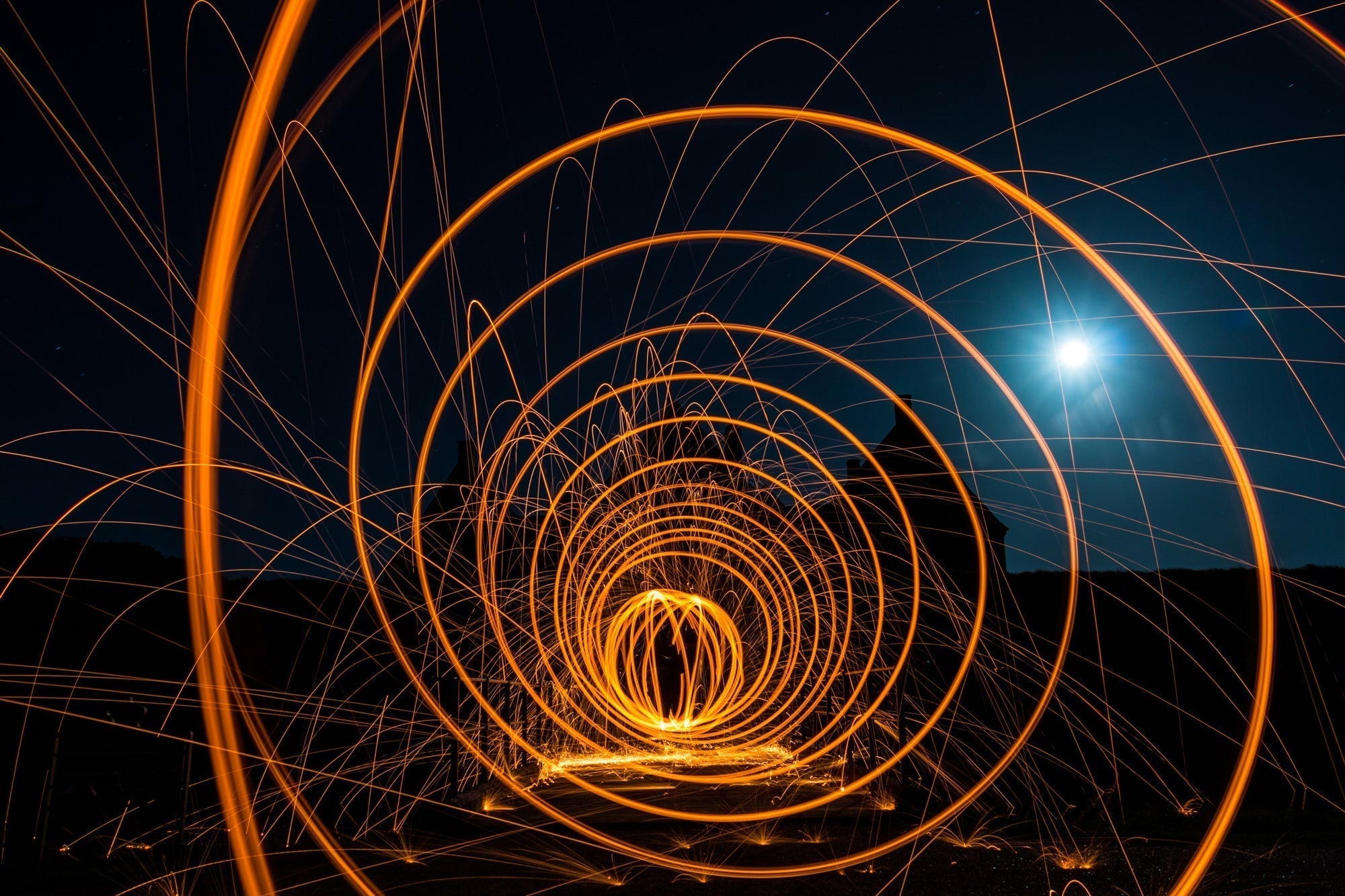
Adventurous wildlife photography with Nikon
Many photographers have the desire to tackle the subject of animal photography and try their hand at this special form of motif. However, this type of photography in particular requires special preparation. After all, good animal photography is best achieved with the right equipment. Here you can find out what Nikon has to offer in this area and get tips for planning your next wildlife photo session.
Which Nikon is suitable for wildlife photography?
Wildlife photography is demanding and places high demands on the photographer's technique and skills. It is crucial to capture the animal at the right moment. And this is often not so easy with movement, which is why a camera with a high number of images per second is helpful. The Nikon Z9, for example, fulfills this requirement. While the impressive 120 frames per second setting is less useful due to the low resolution, the camera's RAW shooting capabilities without loss of quality are of particular interest. The Z9 then still manages 20 images per second. This corresponds to a high continuous shooting rate with which you can capture even fast movements precisely.
If you want a smaller and lighter version of this camera, you can also opt for the Z8. This also achieves 20 images per second in RAW format. The D850 is also interesting because this model is a DSLR with outstanding image quality. However, the continuous shooting speed of 9 frames per second is somewhat slower here. Because the mirror can be folded up and down, the maximum continuous shooting speed is simply limited by the mechanics.
To ensure that your Nikon camera and accessories are safely stowed away, Oberwerth offers camera bags and rucksacks with well thought-out storage space that are ideal for your wildlife photography excursions.
Equipped for wildlife photography?
External conditions often play an important role in wildlife photography. This is because photography now takes place in the great outdoors. Weather conditions such as snow, rain, heat and cold must therefore be taken into account. You also need to put together your equipment with this in mind so that you are well prepared for the demanding wildlife assignment. Robust and weatherproof housings, such as those found on the Nikon Z9 and D850, are particularly important here.
The Z9, for example, has a monocoque design in which the housing is made from a single piece. This is ideal for improving the stability of the construction. The housing is also thoroughly sealed to prevent the ingress of dust and moisture. The camera is even equipped with a passive cooling system to prevent overheating during longer video recordings or the creation of continuous images. With the D850, on the other hand, you benefit from a magnesium alloy housing. This construction is protected against shocks and other external stresses while remaining lightweight.
For extreme weather conditions: Protect your equipment with the water-repellent bags and backpacks from the Oberwerth Hydro Line - functional, lightweight and stylish.
Photography equipment is more than just the camera
If you want to shoot animals from a safe distance, the use of telephoto lenses is essential. This is because it is important not to disturb the animals and still be able to take the desired photos in high quality. A long focal length and high lens speed (e.g. f/2.8) are particularly important here. Typical focal lengths are 300, 400 or 600 mm or even higher. Nikon offers a whole range of options in this area, such as the Nikon AF-S NIKKOR 200-500mm f/5.6E ED VR with image stabilizer. The Nikon Z 100-400mm f/4.5-5.6 VR S is also suitable for the mirrorless Nikon Z.
For razor-sharp images in low light conditions, the use of a tripod is ideal due to the long focal length required. Don't forget a rain cover to protect your camera and lenses from the weather. Noise-reduced triggers or electronic triggers can be used to avoid frightening the animals.
Keep your telephoto lenses safe and well organized: Oberwerth camera bags offer well thought-out compartments and padding for optimum protection of your equipment.
Autofocus is essential in wildlife photography
Fast and, above all, unpredictable movements are typical for animals. You should be prepared for this and use a camera with autofocus (AF). If you want to focus on hunting animals or fluttering birds, you will otherwise quickly end up blurred, especially with long focal lengths. In addition, the animals usually move in a complex landscape. If you want to clearly separate the subject from tall grass or dense forests and other backgrounds, autofocus is an enormous help.
With models such as the Z8 or Z9, Nikon offers the special advantage of eye detection or eye autofocus. This special AF automatically recognizes the eyes of dogs, cats, birds and other animals, even when they are moving. This keeps the focus in the right place. Even if the animal jumps or makes another unforeseen movement, the dynamic scene still remains in focus.
Only for early risers: adventurous animal motifs at dawn
If you want to photograph wild animals, you should wait for the right time. It is precisely during the early hours of the morning that animals leave their hidden sleeping places and go in search of food. There is also a decisive advantage over taking pictures at dusk: instead of running out of time and the last rays of sunlight soon disappearing, you benefit from steadily improving light. So the conditions don't have to be ideal yet if you set out early in the morning. Be patient and wait for passing animals and the perfect subject.
Wildlife photography in the immediate vicinity: tips for wildlife photographers
We often find suitable subjects for adventurous animal photography in the immediate vicinity, such as in our own garden. Or you can photograph a peregrine falcon directly from your balcony. Spectacular shooting scenarios are often possible here that the photographer might not even think of at first.
For example, make targeted use of backlighting to capture subjects with marginal light. This works if there is a dark background behind the animal. There are often areas in the garden that create sufficiently dark shadows. However, the camera must be able to deal with the bright backlighting in order to capture edge-lit subjects. To do this, you usually need to set negative exposure compensation. Make sure that your Nikon is not in pure automatic mode. Negative exposure compensation should be available in P, S or A mode on practically all Nikon models.
Conclusion Nikon animal photography
The right equipment can make wildlife photography much easier. A good telephoto lens is part of the basic equipment. But Nikon's special eye autofocus can also be a real asset when shooting in the wild or in the garden at home. If you also have a sturdy tripod, you should be able to capture even challenging subjects convincingly.
Perfectly equipped for wildlife photography: discover the versatile bags and rucksacks from Oberwerth, which combine design, function and protection in perfect balance.

